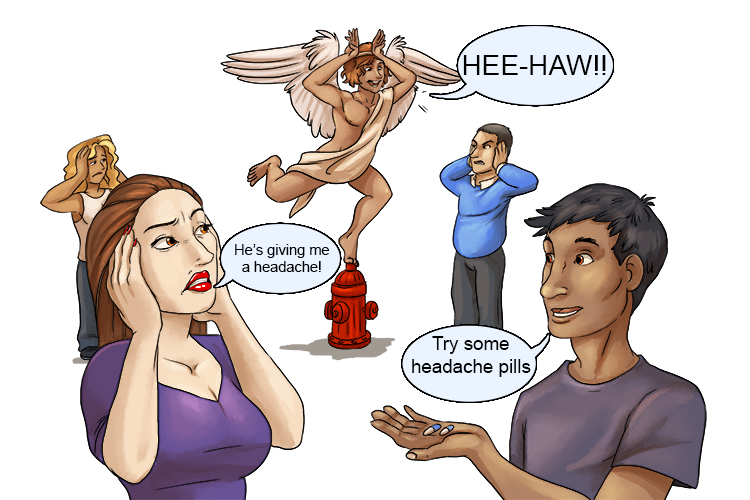Erosion – The wearing away and removal of material by turning material into a solution or by attrition, abrasion or hydraulic action
-in-coastal-landscapes-geography.95797ca.jpg)
Types of erosion:
Solution: The sides and bottom of coastal cliffs dissolve into the seawater.
Attrition: Wearing of the cliff and bedrock by rocks carried by the sea bouncing and bumping and breaking off small particles.
Abrasion: Wearing down the cliff face and bedrock by pebbles grinding, rubbing, scratching and scuffing like sandpaper.
Hydraulic action: Waves compress pockets of air against the cliff face and into cracks which expand and fracture the cliff over time.
To remember that erosion is attrition, abrasion, hydraulic action and turning material into a solution, use the following mnemonic:

Eros, he rose up upon (erosion) a hydrant and started acting on it (hydraulic action). First, he tried being a donkey and made a braying (abrasion) sound that gave everyone a headache, so the solution (solution) was two headache pills. They did stay, however, to see Eros do a trick on (attrition) the hydrant.
These four types of erosion change the appearance of the coastal landscape over time. Cliffs recede, beaches are formed or washed away and even the rock under the sea is gouged away.
New features, such as spits, appear as eroded material carried by the sea is deposited in a process called deposition.




